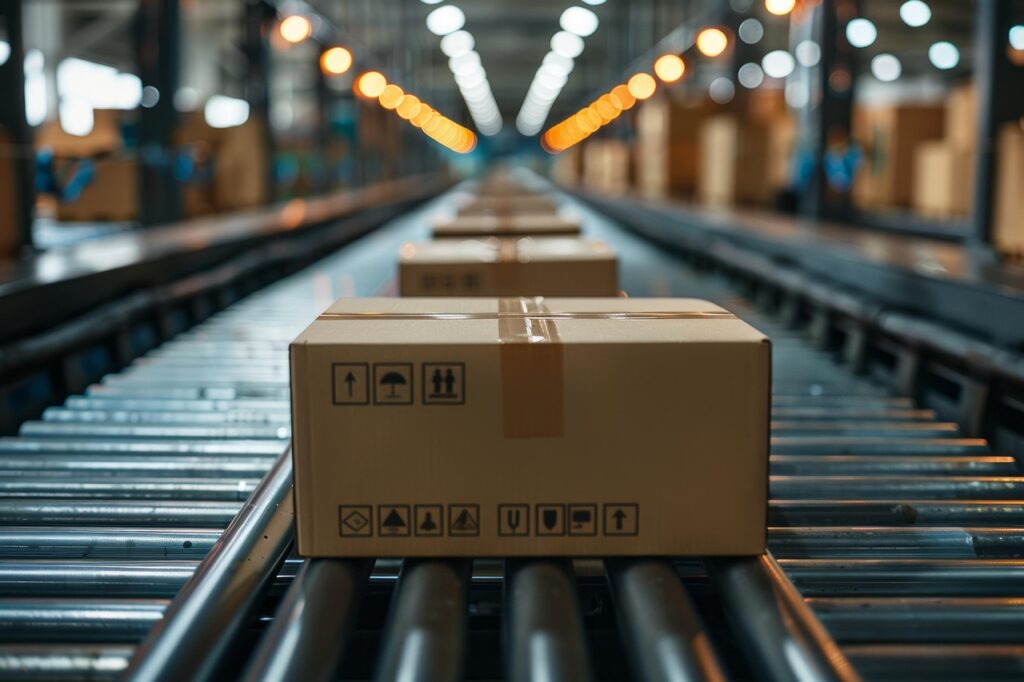Export packaging requires durability, shock absorption, and compliance with international standards to ensure goods arrive safely. Among the most effective cushioning solutions are packing pellets (also known as packing peanuts or loose fill). This blog explores their importance, types, costs, real-world consequences of improper use, and key international packaging standards (EU & USA).
YOU MAY ALSO LIKE:The Ultimate Guide to Export Packaging materials for Food, Fragile Items & More
Why Are Packing Pellets Essential for Export Packaging?
- Superior Cushioning – Absorbs shocks and vibrations during transit, protecting fragile items.
- Lightweight & Cost-Efficient – Adds minimal weight, reducing shipping costs compared to bulkier alternatives.
- Void Fill Protection – Prevents items from shifting inside boxes, minimizing breakage risks.
- Moisture & Dust Resistance – Certain pellets (like EPS) offer moisture resistance, crucial for long-distance shipping.
- Versatility – Ideal for irregularly shaped items that need flexible padding.
Types of Packing Pellets & Their Best Uses
| Type of Packing Pellet | Material | Best For | Pros & Cons |
|---|---|---|---|
| Expanded Polystyrene (EPS) Pellets | Polystyrene foam | Electronics, glassware, automotive parts | Lightweight, moisture-resistant; non-biodegradable |
| Biodegradable Starch Pellets | Cornstarch-based | Food, pharmaceuticals, eco-conscious brands | Eco-friendly, dissolves in water; less durable than EPS |
| Inflatable Air Pellets | Plastic air cushions | Fragile goods, e-commerce shipments | Customizable, reusable; punctures easily |
| Paper-Based Pellets | Recycled paper | Lightweight items, sustainable packaging | Recyclable, cheap; less cushioning for heavy items |
Cost Comparison of Packing Pellets
| Pellet Type | Approx. Cost (per kg) | Best For Budget? |
|---|---|---|
| EPS Pellets | $2 – $5 | High protection, low cost |
| Biodegradable Pellets | $4 – $8 | Eco-friendly shipments |
| Inflatable Air Pellets | $0.10 – $0.50 per unit | Large, lightweight shipments |
| Paper Pellets | $1 – $3 | Sustainable, low-cost option |
Note: Bulk purchases reduce costs, making EPS and paper pellets the most economical for large-scale exports.
What Happens When Packing Pellets Are Not Used Properly?
Let us take a Example: A Costly Mistake
suppose a European electronics exporter shipped LED monitors without adequate packing pellets, relying only on cardboard dividers. During transit, the monitors shifted, causing:
- 30% damage rate due to screen cracks.
- $50,000 in losses from replacements and refunds.
- Negative customer reviews, harming brand reputation.
Lesson: Proper cushioning with EPS or inflatable pellets could have prevented this loss.
International Standards for Export Packaging (EU & USA)
1. European Union (EU) Standards
- ISPM 15 (Wood Packaging Regulation) – If using wooden pallets with pellets, they must be heat-treated.
- REACH Compliance – EPS pellets must be free from harmful chemicals.
- EU Packaging Waste Directive – Encourages biodegradable or recyclable pellets.
2. USA Standards
- ASTM D5276 – Standard for drop testing packaging with cushioning materials.
- ISTA 3A & 3B – Certification for parcel shipment safety (simulates vibrations & shocks).
- FDA Compliance – For food & pharmaceutical packaging, requiring non-toxic pellets.
Conclusion: Choose the Right Packing Pellets for Safe Exports
Packing pellets are a small investment with huge returns in export safety. Whether you need EPS for electronics, biodegradable for eco-shipping, or inflatable air pellets for lightweight goods, selecting the right type ensures compliance and minimizes damage risks.
Pro Tip: Always test packaging with ISTA/ASTM drop tests before full-scale export to avoid costly errors.
FAQs
Q: Are packing pellets recyclable?
A: EPS pellets are recyclable but not biodegradable. Starch-based pellets dissolve in water.





